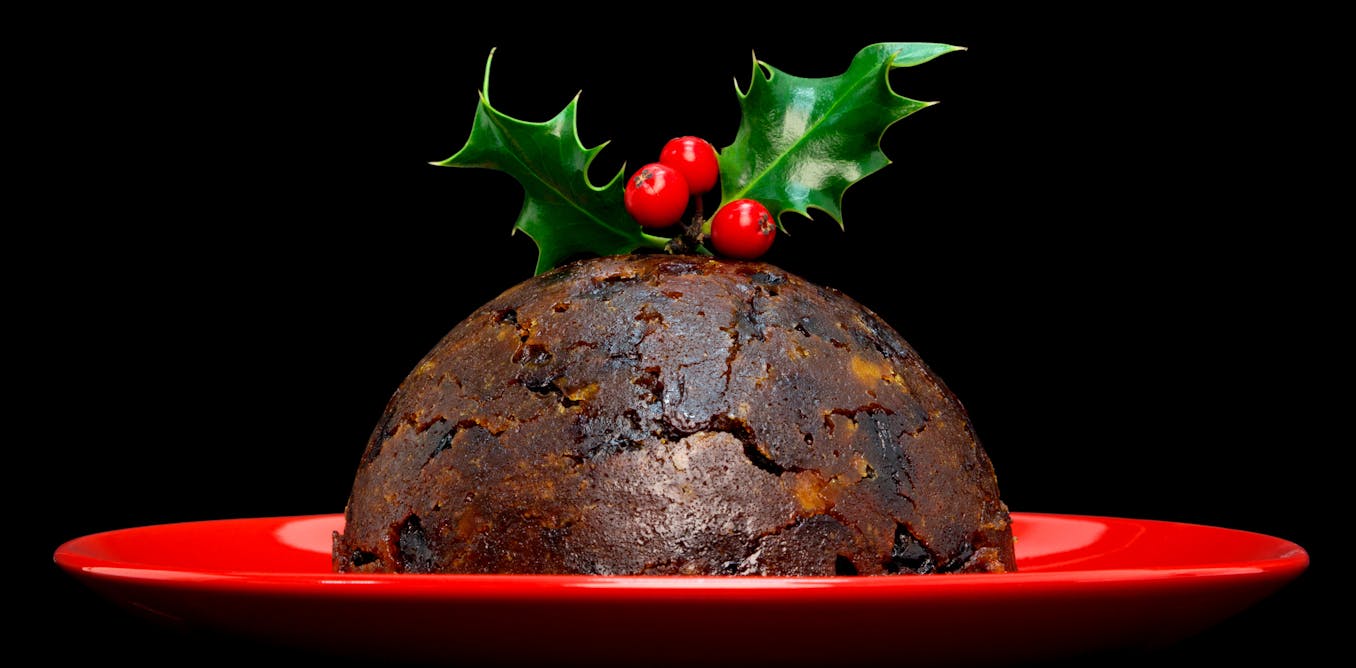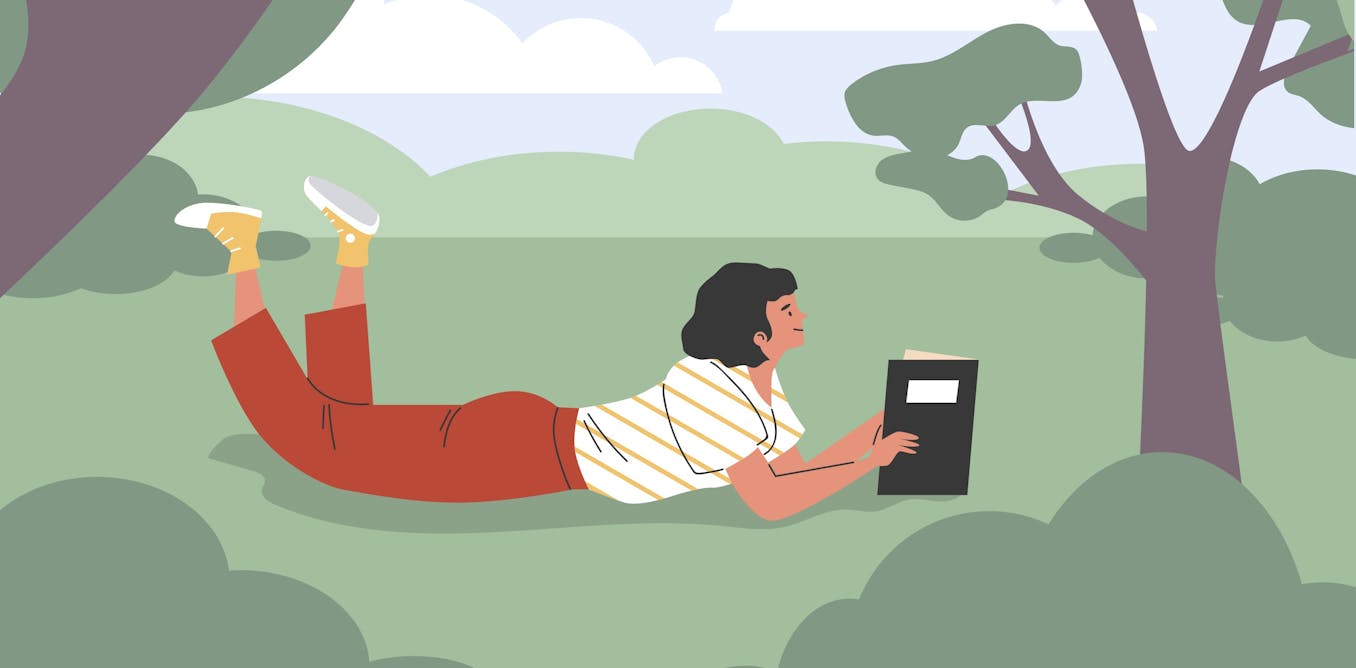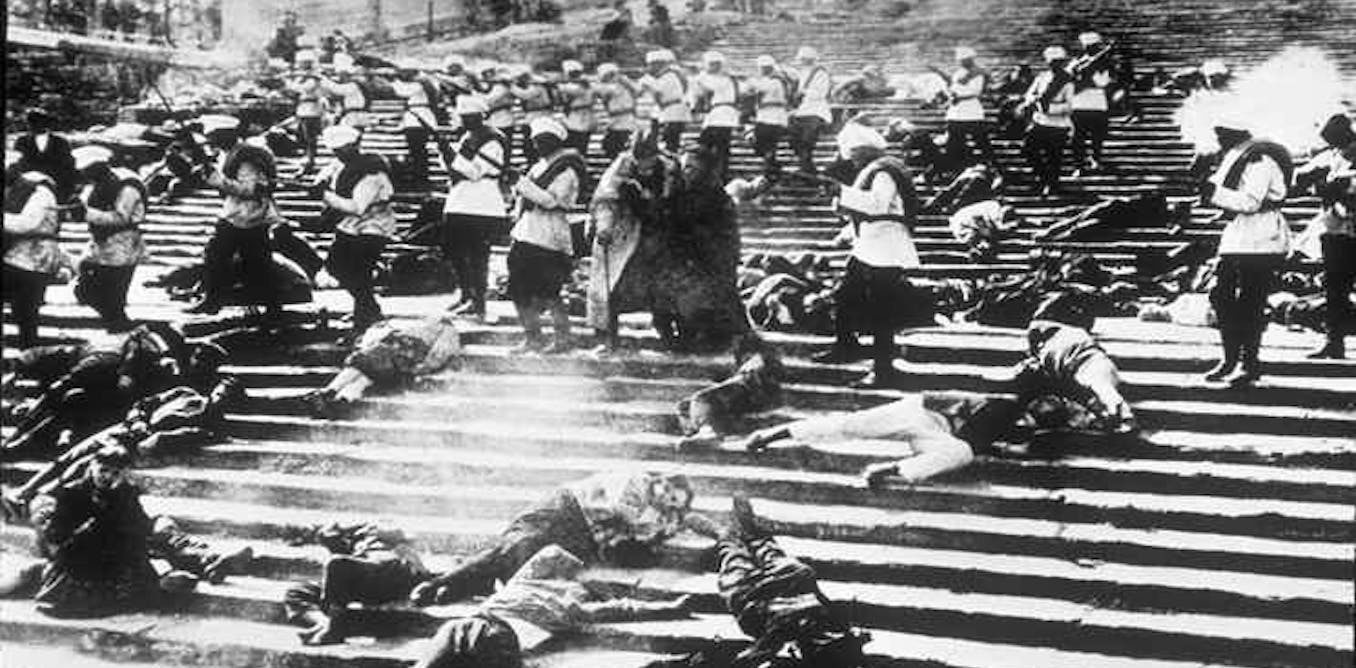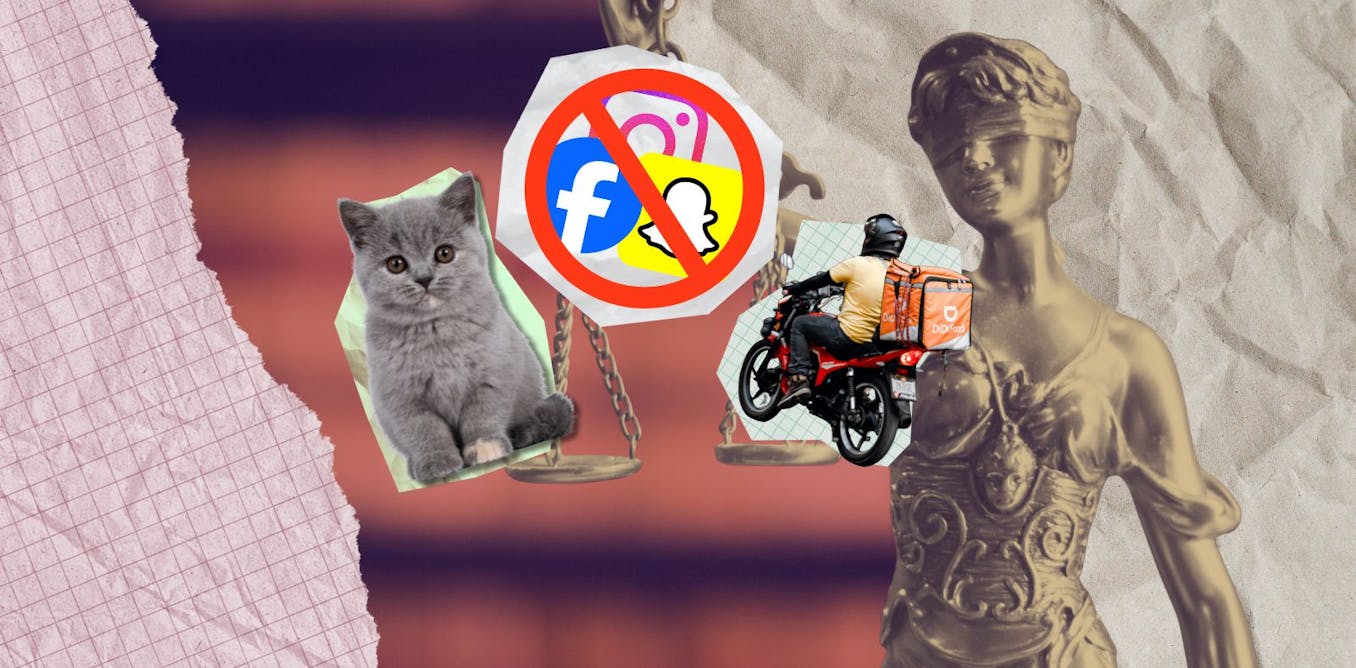Puppies and young dogs love to chew on things — and that can sometimes include your best shoes or the leg of your dining room table. Training your new best friend not to chew household items means redirecting her to what she can chew.
Our dogs are bundles of joy, but depending on their age and level of training (or lack of same) they can also be whirlwinds of destruction when it comes to our favorite shoes, furniture, and anything else they can sink their teeth into. If your young dog or puppy loves chewing on things he shouldn’t, and you’re looking for successful and positive tips for teaching him not to, keep reading.
PUPPIES NEED TO CHEW
If you’ve adopted a puppy, it’s important to understand that he’ll use his mouth to explore his environment, so chewing is a normal behavior. Just like human babies who put everything in their mouths, puppies are trying to learn about the world around them. Also like babies, puppies find relief from chewing when they’re teething; as their adult teeth start coming in, the urge to chew increases. In addition, chewing gives a puppy or young dog a way to self-soothe when bored or anxious.
And let’s not forget that puppies and young dogs have a surplus of energy that needs an outlet. Chewing can be a way to burn off some of that excess energy.
Hint: It’s Important to know your new friend isn’t eating your favorite things out of spite.
DOG-PROOF YOUR HOME
The first step in preventing your new dog or pup from chewing household items is to remove temptations and create a safe environment. Dog-proofing your home means identifying potential targets and placing them out of reach.
- Move shoes, remote controls, books, cushions, and any other tempting objects to high or closed spaces your dog can’t access.
- Pay close attention to wires, cords, and cables. These are attractive to dogs who like chewing, but they can also cause severe harm. Use cord organizers or protective covers to keep them out of reach.
SUPERVISE AND CRATE TRAIN YOUR DOG OR PUP
Dog and puppy training requires time, patience — and supervision. However, there will be occasions when you won’t be able to supervise her closely, and this is where crate training comes in handy. A crate can serve as a safe space for your dog and prevent her from getting into trouble when you can’t watch her. Ensure the crate is a positive and comfortable place for your puppy or dog.
Hint: Never use a crate as a form of punishment.
A puppy especially should not be out of your sight unless she is safely confined in a crate or playpen. Block off areas of your home that are off-limits to your new dog or pup, or where you won’t be able to keep an eye on her. Shut the doors to these areas, or use baby gates.
When training your pup or young dog, you’re laying the foundation for a well-behaved adult. If you’re always on hand to watch what he’s doing, you can easily redirect him away from the wrong items and toward an appropriate toy. That’s what the next section is about.
TEACH HIM WHAT TO CHEW
When training a dog, it’s never about teaching her what not to do, but rather what to do. Start by having more toys on hand than you think you need. Make sure your puppy or dog has immediate and easy access to a variety of fun and interesting toys. It’s unrealistic to think he’ll go to the next room and into his toy box whenever he has the urge to chew on something. Instead, he’s going to look for the closest thing available, so make sure it’s a toy! It’s a great idea to keep some healthy chews on hand, too. Earth Animal is one company that offers a selection of healthy and tasty chews that are attractive to dogs.
Hint: Choose good quality toys made from durable, non-toxic materials, and avoid products with detachable parts that could cause choking if ingested.
Throughout the day, encourage your dog to chew and play with his toys. It’s not a solitary activity, but rather something you should do with him. Think of it as a bonding and enrichment game.
REWARD GOOD BEHAVIOR
Positive reinforcement is the cornerstone of effective training. Instead of punishing your dog or pup for chewing, reward him for making the right choices. This is essential, and will encourage him to repeat those desirable behaviors. Whenever he chews on his toys and leaves household items alone, praise him enthusiastically and offer a treat as a reward. Join in when he initiates playing with his toys. Be timely with your praise and treats, so your dog associates his actions with the reward.
PROVIDE MENTAL AND PHYSICAL STIMULATION
A tired dog is less likely to try to find her own fun. Ensure she gets plenty of exercise and mental stimulation through play, positive training, walks, and puzzle toys. A mentally and physically tired dog or pup is more likely to relax during your downtime, and happily chew on an appropriate bone or toy.
Hint: Be consistent with your praise and rewards, and ensure everyone in your household follows the same training principles.
WHAT TO DO IF SHE CHEWS THE WRONG THING
Keep a close eye on your dog or pup, especially during the initial stages of training. If you catch her chewing on an inappropriate item, never shout at or punish her. Just calmly redirect her attention to an appropriate toy or chew. You may need to find ways to make the toy exciting and fun. When your dog goes for it, reward and praise her.
Another strategy is to teach her the “drop it” cue. This is a great tool if she grabs something she shouldn’t, and helps you safely retrieve items from her mouth when necessary.
Grab a toy and say “get it.” When your dog or pup takes it, engage in a little play. Next, keep hold of the toy but stop playing. Hold a tasty treat right to her nose. When she drops the toy, say “yes!” and give her the treat. Repeat.
Continue this game until your pup or dog starts to easily drop the toy. Now, introduce your verbal cue by saying “drop it” right before you hold the treat by her nose. Reward and repeat. As your dog starts to learn this new behavior, give her the “drop it” cue before showing her the treat. Practice this game regularly with various toys and objects.
Teaching your new puppy or young dog not to chew your things, and only chew his own, will take time and patience. Remember that dogs of all ages learn best through good management, positive reinforcement, and consistency. By following the tips in this article, your new best friend will learn to chew and play with his own toys — and leave your shoes and the TV remote alone.
The post How to Teach Your Dog Not to Chew Things She Shouldn’t appeared first on Animal Wellness Magazine.

The article “How to Teach Your Dog Not to Chew Things She Shouldn’t” by Author Tonya Wilhelm was published on 06/01/2024 by animalwellnessmagazine.com





































